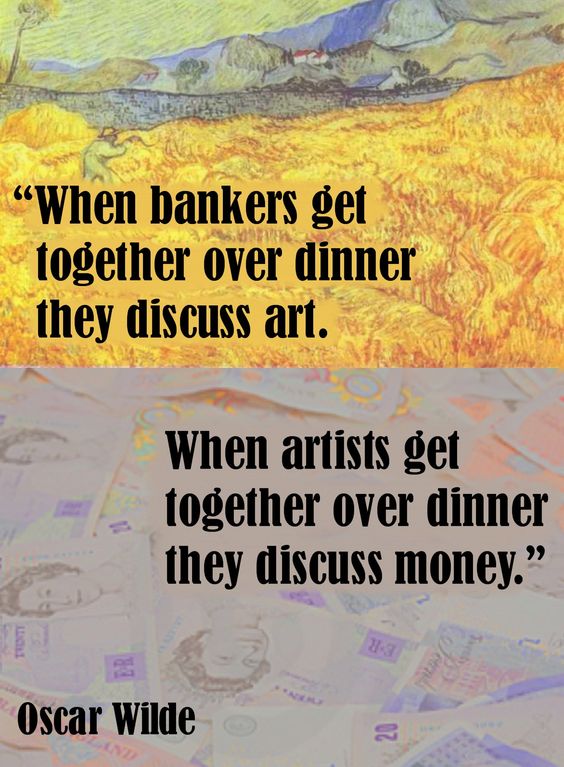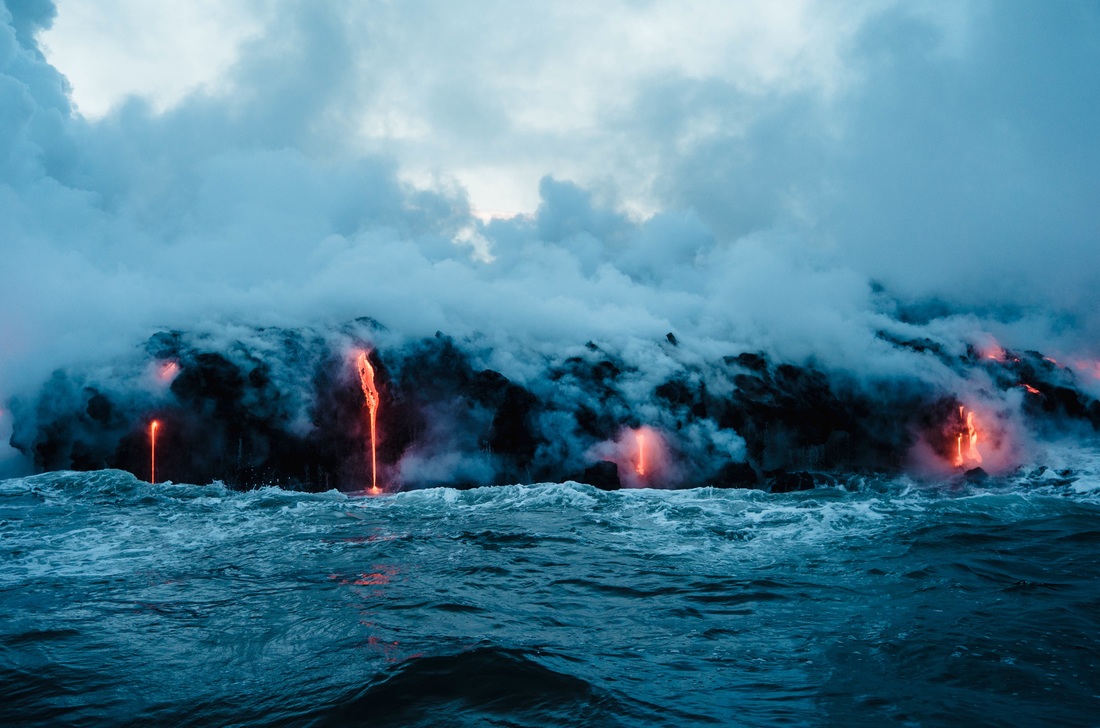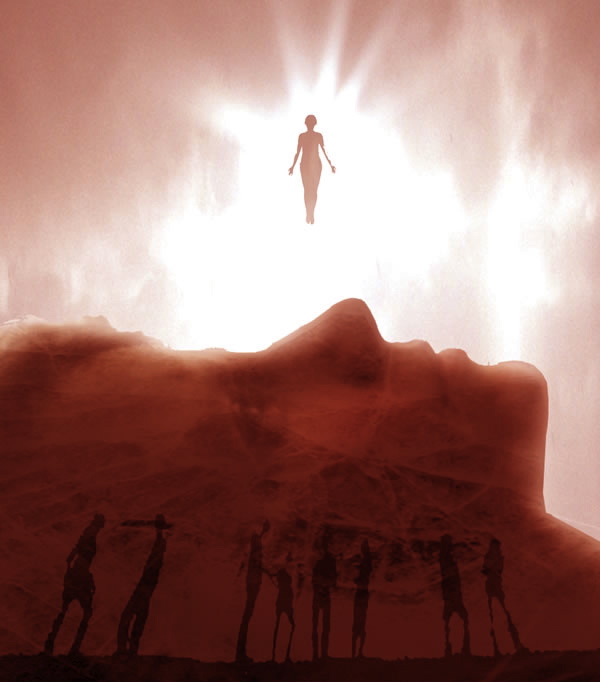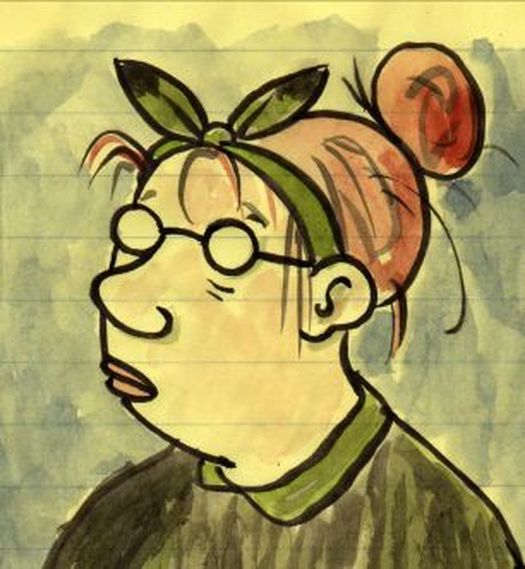|
Like many artists, I sometimes think about my resources more than the art I make. How do I do this and eat at the same time? How can I afford to write and live and make theater? How do I get paid a living wage to do what I do every day? The reality inside those curiosities is hard. That's why a lot of people give up, especially the older they get. Giving up isn't something I want to do. It isn't something most artists want to do. Working out the time and money equation is where longevity tends to break down. Since May, I've been reading amazing interviews between Anne Bogart and theater-making giants from her beautiful book of 24 Conversations with Anne. One way or another, every single one of those greats -- including Zelda Fichandler, Richard Foreman, Bill T. Jones, Tina Landau, Charles L. Mee., Jr, Meredith Monk, Mary Overlie and on and on -- gets into those problems from a personal, national and/or international perspective. How to pay for what they do, what we do, what the younger generations are doing. How to keep up the stamina, the balance, the sustainability, the productivity? Often their thought trains funnel into the fundamental stories underneath those costs of how to live, eat and make art that matters. And those stories stem from questions. What is it that you do? Why do you do it? Why does it matter to us (the people with money)? Why should we pay you for it? It seems the clearer each individual and organization is on these answers (these STORIES), the better and longer they'll do what they want to do, the more impact and difference they'll make. Money and time are difficult parts to the art/life equation, but they aren't forever missing or impossible to find. We need to fight for our resources as artists, through storytelling, through asking ourselves and our community tough questions. The more we understand what it is we're doing and how to relate its meaning to others, the more likely that money and time will be granted to back us, and we'll be able to continue doing our important work. I'm going into this here because this frustratingly necessary question continues to needle me, as I'm sure always will: How do I make this work? Again it comes down to more questions. What am I doing with my art? Why do I do that? Why does it matter to me, to my community, to the world? The answers change. The questions don't. Questions beget questions, but at the core they're all the same. It's the asking that's transformative. As I ask me what I'm doing and why, I'm so thankful for my Creative Inquiry education. That school of thought I learned from California Institute of Integral Studies lives at the heart of everything I'm doing now. As I want my art to be better, my plays to reach wider scope, my income and lifestyle to afford me time and space to make art, those questions are always my first to grab. What? Why? How? What questions are you asking yourself in your process today?
0 Comments
Remember when the work gets hard, that's the time to find the joy in it -- anywhere in it. Remember when the work gets emotional, to keep pressing in. That's the core juice. Remember when the work goes awry to take a breath and reset. Begin again. Remember when the work gets in the way of living, it's best to reevaluate priorities. Remember when the what-to-say runs out, your body/mind is asking you to wait. More will come. Creativity is patient listening. And if someone isn't into a something created, it may not be for them. The work always goes up and down. There is no steady fire stream. But then sometimes the volcano erupts into a mountain, an island. And new beings learn how to live there. Coexist with them. With all these stages. It's the art that makes the art, the writing that does the writing. Your task now is to open up, listen and translate. One thing that takes some learning for me as a teaching artist, workshop leader and sometimes-director is how to step in boldly and say what I think, as though what I say is the right answer. I'm more interested in a collaborative process than a dictatorial one. There are several right answers. I'm always conscious of the truth that others in the class or rehearsal will have as good or better of an idea as the one I propose. Looking through theater and art history, some of my favorite works caused conflict, walkouts and polarizing responses in their audiences, or were outright hated at first. With this piece, I know the work is good, or at least that I love it and my director, production team (and much/all? of my cast now) is behind it. I'm interested in seeing what audiences think, but as a writer I'm starting to trust my instincts, make bold choices and speak up for what I need my play or piece to say and do. Yes I'm writing for an audience, but I'm not writing to entertain or placate, and I'm also writing for me. These are good growing pains. Grounding the Magical in Images For this week's Free Drop-In Writing Workshop at The Cabin, we read an illustrated story about monsters and childhood by Lynda Barry from her book What it Is, and worked with a process inspired from that same book to ground something magical into something we can hold onto through images. I suggest everyone who needs a volcanic burst of creative inspiration go to their local library or bookseller to pick up this book immediately. Consider these passages a tiny glimpse into her process -- but really you need to see it in full illustrated goodness and hold that big book in your hands. Introduction to the Process (after reading the Barry excerpts)
|
Like what I'm posting? You can leave me a tip!
$1, $10, $100, whatevs :) Heidi KraayProcess notes on a work in progress (me). This mostly contains raw rough content pulled out of practice notebooks. Occasional posts also invite you into the way I work, with intermittent notes on the hows and whys on the whats I make. Less often you may also find prompts and processes I've brought to workshops, as well as surveys that help me gather material for projects. Similar earlier posts from years ago can be found on: Archives
April 2024
Categories
|




 RSS Feed
RSS Feed